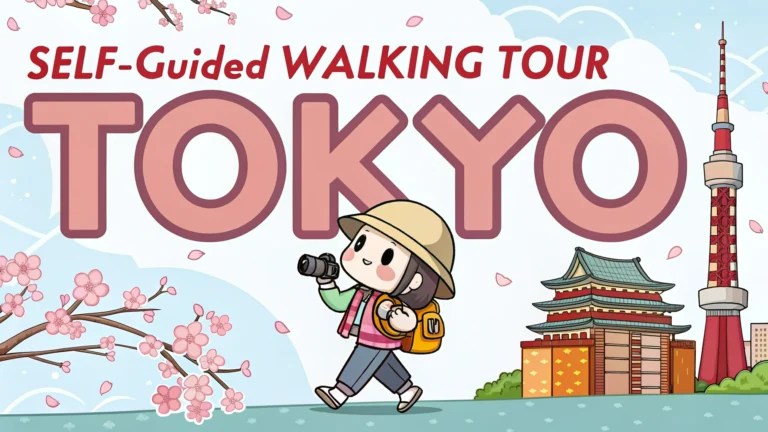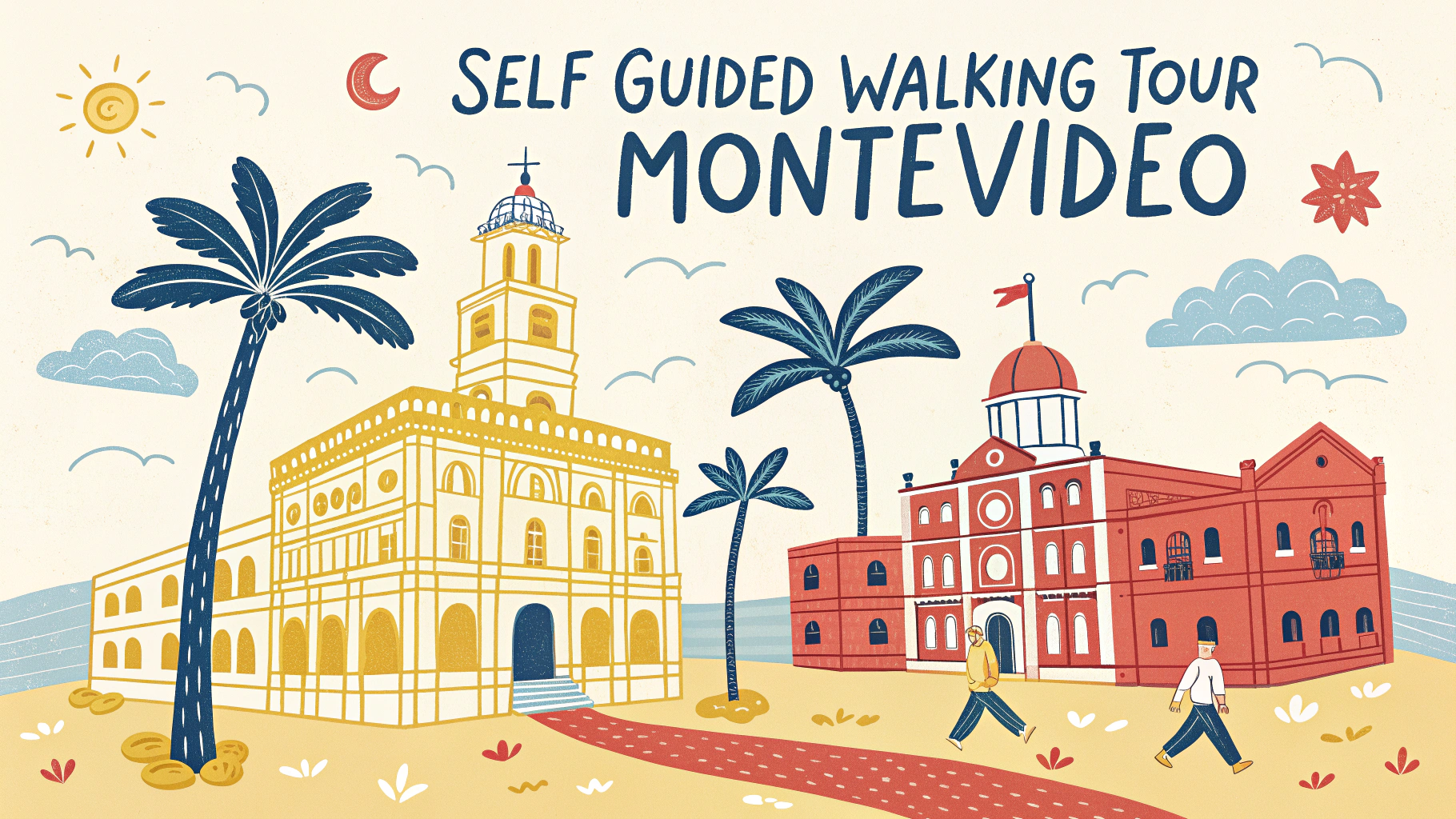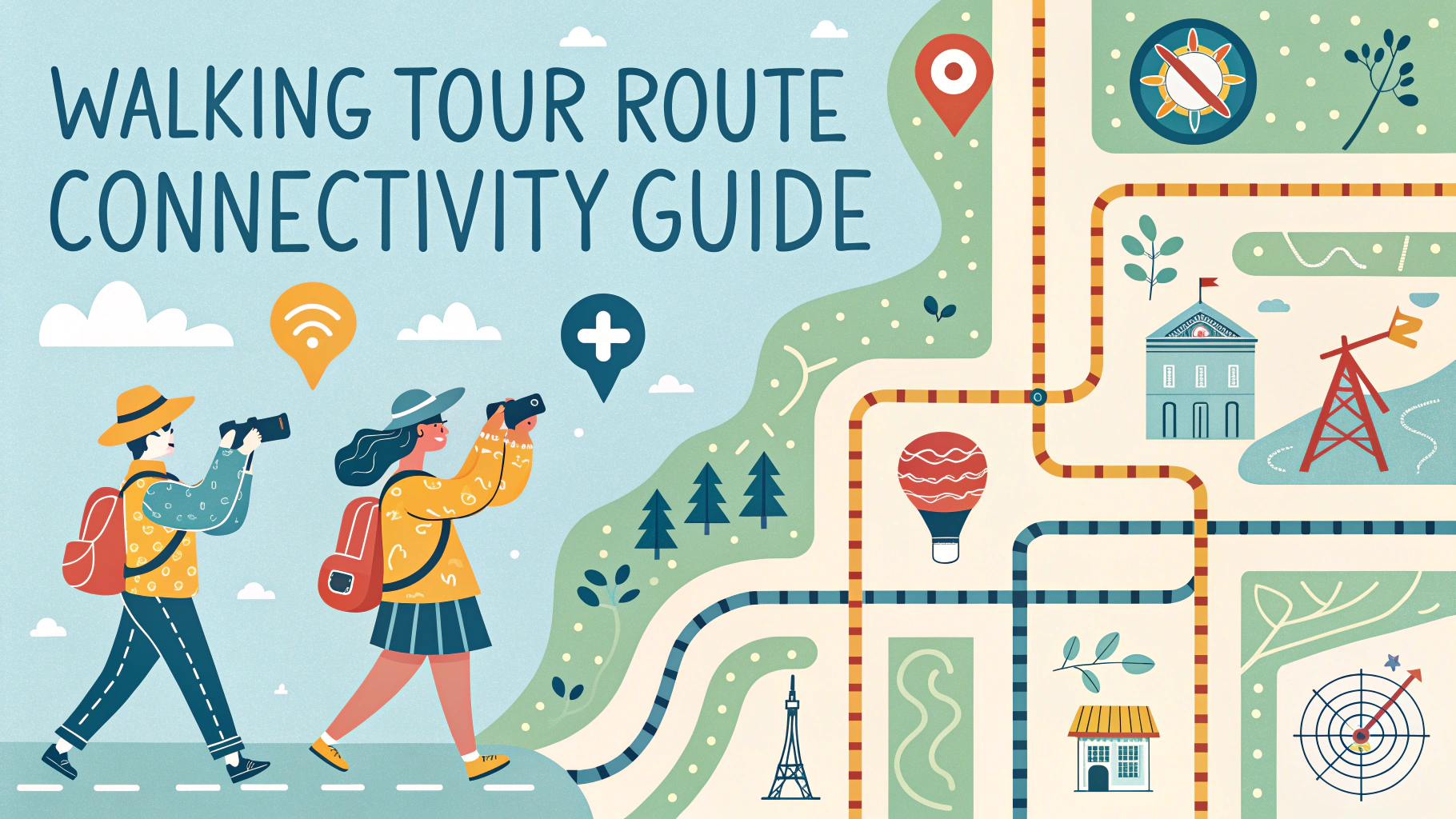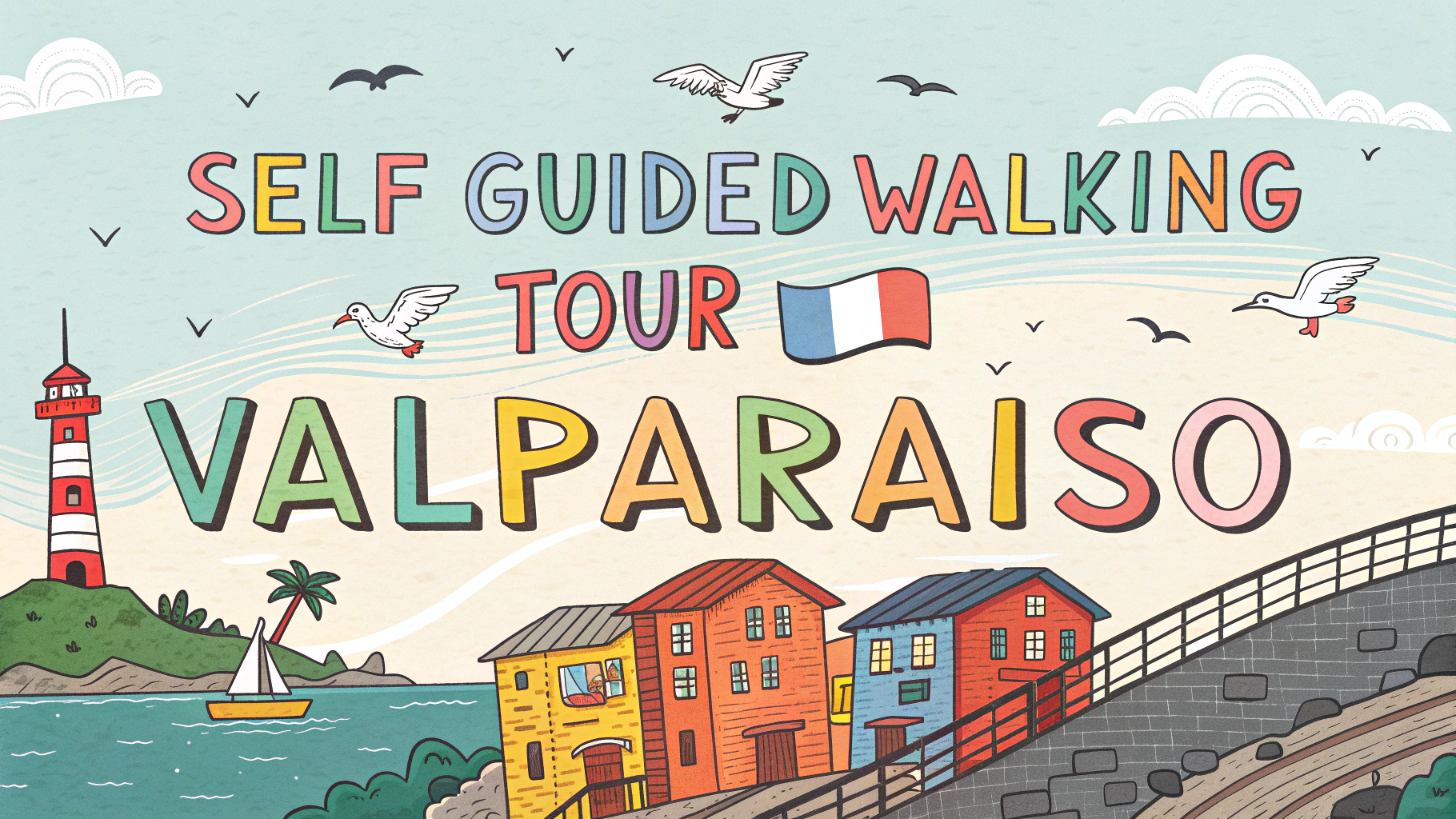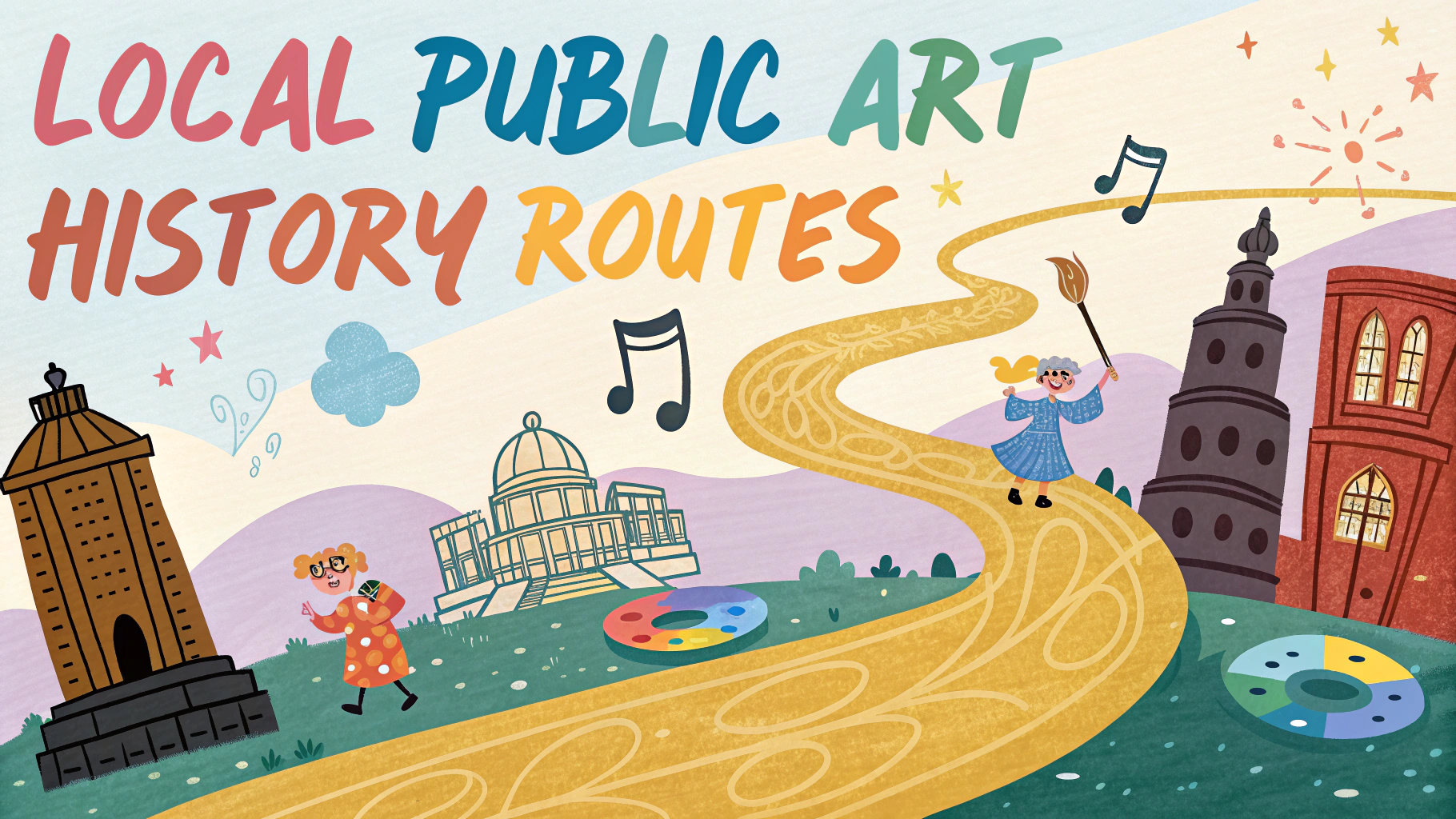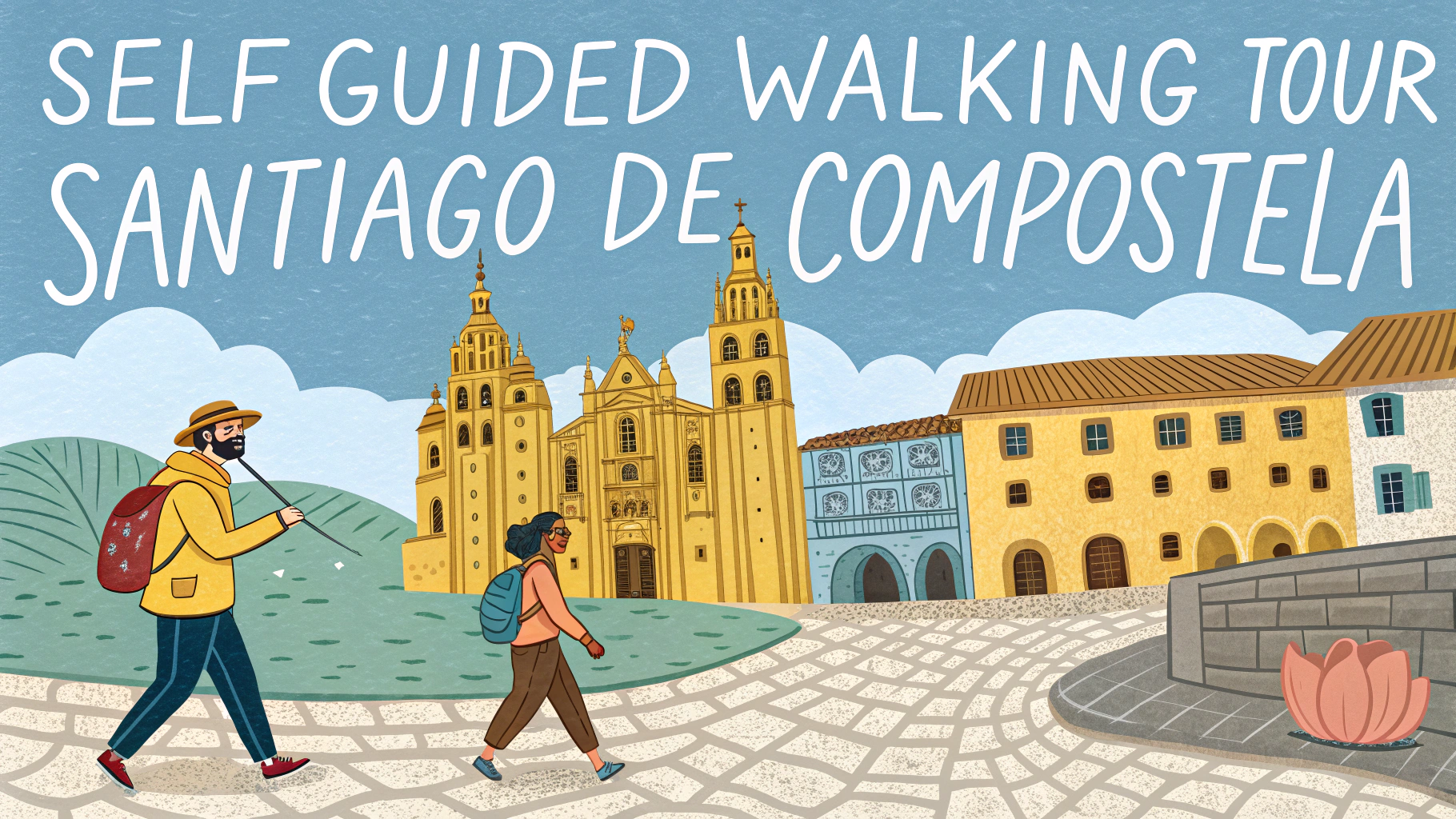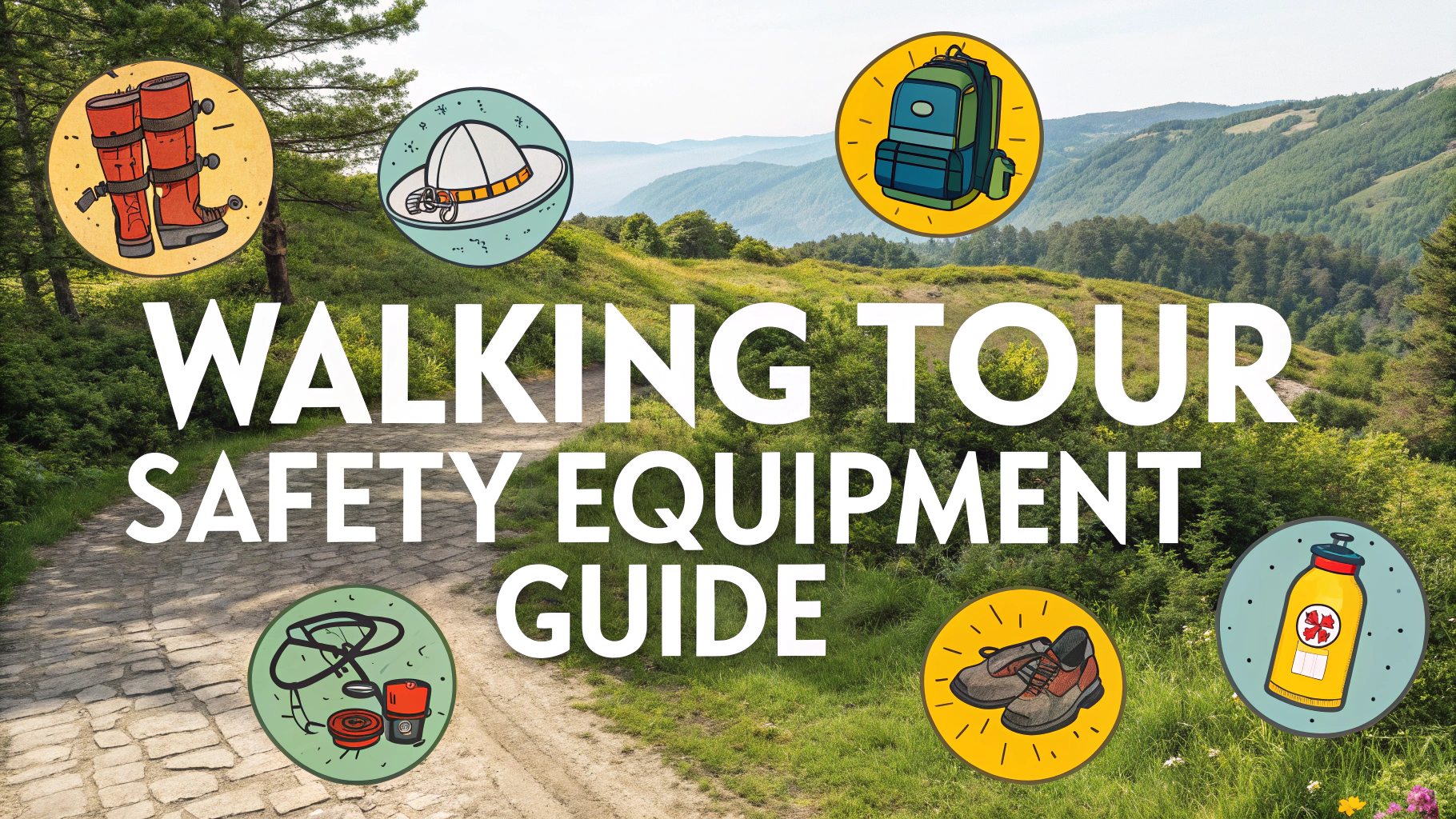Exploring Tokyo on foot lets you discover hidden gems and local experiences that tour buses miss.
This self-guided walking tour takes you through Tokyo’s most fascinating neighborhoods while giving you the freedom to move at your own pace.
Starting Point: Shibuya Station
Begin at the famous Shibuya Scramble Crossing, accessible via Shibuya Station (JR Yamanote Line, Tokyo Metro, or Keio Inokashira Line).
Morning Route: Shibuya to Harajuku
- Shibuya Scramble Crossing → Hachiko Statue (5 minutes)
- Center Gai Shopping Street → Shibuya 109 (15 minutes)
- Meiji Shrine via Yoyogi Park (30 minutes)
- Takeshita Street, Harajuku (20 minutes)
Afternoon Route: Harajuku to Shinjuku
- Omotesando Avenue (30 minutes)
- Cat Street boutiques (20 minutes)
- Shinjuku Gyoen National Garden (45 minutes)
- Golden Gai district (30 minutes)
Essential Tips
- Download offline maps before starting
- Wear comfortable walking shoes
- Carry a water bottle (vending machines are everywhere)
- Get a PASMO/Suica card for occasional train rides
- Start early to avoid crowds (especially at Meiji Shrine)
Alternative Routes
Historical Route: Asakusa
- Senso-ji Temple
- Nakamise Shopping Street
- Sumida River Walk
- Tokyo Skytree (optional)
Modern Tokyo Route: Akihabara
- Electronic stores
- Anime and manga shops
- Gaming arcades
- Maid cafes
Rest Stops and Viewpoints
- Shibuya Sky Observation Deck (Access: Shibuya Scramble Square, 14F)
- Starbucks Tsutaya Crossing (best view of Shibuya Crossing)
- Meiji Shrine Inner Gardens (peaceful rest area)
- L’Occitane Cafe Shibuya (great lunch spot with terrace)
Safety and Practical Information
- Police boxes (koban) are marked on street corners
- Public restrooms available in train stations and department stores
- Free WiFi spots at major stations and convenience stores
- Emergency number: 119 (ambulance/fire), 110 (police)
The complete walking route covers approximately 8 kilometers and takes 4-6 hours, depending on stops and pace.
Best Times to Walk
| Season | Recommended Time | Notes |
|---|---|---|
| Spring/Fall | 10:00-16:00 | Perfect walking weather |
| Summer | 08:00-11:00 | Avoid afternoon heat |
| Winter | 11:00-15:00 | Warmest daylight hours |
Food and Refreshment Stops
- Shibuya: Ichiran Ramen (24/7 authentic ramen)
- Harajuku: Marion Crepes (street food specialty)
- Omotesando: Bills (famous Australian breakfast)
- Shinjuku: Omoide Yokocho (traditional yakitori alleys)
Photo Opportunities
- Shibuya Crossing from above (Shibuya Sky)
- Meiji Shrine massive torii gates
- Harajuku fashion street shots
- Shinjuku neon lights (best after sunset)
- Seasonal shots at Shinjuku Gyoen
Rainy Day Alternatives
- Shibuya Mark City (indoor shopping complex)
- Tokyu Plaza Omotesando (covered shopping)
- Shinjuku Underground Malls
- Museums along the route
Evening Extensions
- Shibuya Sky (night viewing until 23:00)
- Nonbei Yokocho (traditional drinking alleys)
- Robot Restaurant in Shinjuku
- Karaoke venues in Shibuya Center-Gai
Conclusion
This walking tour offers a perfect blend of Tokyo’s modern energy and traditional charm. From the bustling Shibuya Crossing to the serene Meiji Shrine, each step reveals a new facet of the city. The route is flexible enough to accommodate various interests and time constraints while hitting the major highlights of central Tokyo.
Remember that Tokyo is best experienced by wandering off the main path occasionally – some of the most memorable moments come from unexpected discoveries in back alleys and quiet corners. Consider this guide a framework rather than a strict itinerary, and don’t hesitate to explore interesting detours along the way.
FAQs
- What are the best areas in Tokyo for self-guided walking tours?
The most popular areas are Asakusa for traditional culture, Shibuya for modern Tokyo, Yanaka for old town atmosphere, Harajuku for youth culture, and Ueno for parks and museums. - How safe is it to walk around Tokyo by myself?
Tokyo is one of the safest major cities in the world, with extremely low crime rates. It’s safe to walk alone even at night, though standard precautions should be taken. - Do I need Japanese language skills for self-guided walking tours?
No, major signs are in English, and most subway stations have English announcements. Having Google Maps and a translation app is helpful for navigation. - What’s the best time of year for walking tours in Tokyo?
Spring (March-May) and autumn (October-November) offer the most comfortable temperatures and beautiful scenery. Summer can be very humid, while winter is cold but manageable. - How do I use the Tokyo Metro system during my walking tours?
Purchase a prepaid IC card (Pasmo or Suica), which works on all public transit. Station signs are in English, and color-coding makes navigation straightforward. - What essential items should I bring for a walking tour in Tokyo?
Comfortable walking shoes, a portable battery pack, IC card for transport, water bottle, small umbrella, and a pocket WiFi or local SIM card for navigation. - How long should I plan for a self-guided walking tour in Tokyo?
Most neighborhood walking tours take 2-4 hours. Plan for half-day tours if you want to explore thoroughly and include stops at attractions and restaurants. - Are Tokyo’s walking paths wheelchair accessible?
Most major areas have well-maintained sidewalks and ramps. Stations have elevators, but some older areas might have limited accessibility. - What’s the best way to combine multiple areas in one day of walking?
Focus on adjacent neighborhoods like Harajuku-Shibuya or Asakusa-Ueno. Use the metro to connect between distant areas to maximize sightseeing time. - How do I handle bathroom breaks during walking tours?
Public restrooms are readily available in train stations, department stores, and convenience stores. They’re typically clean and free to use.
